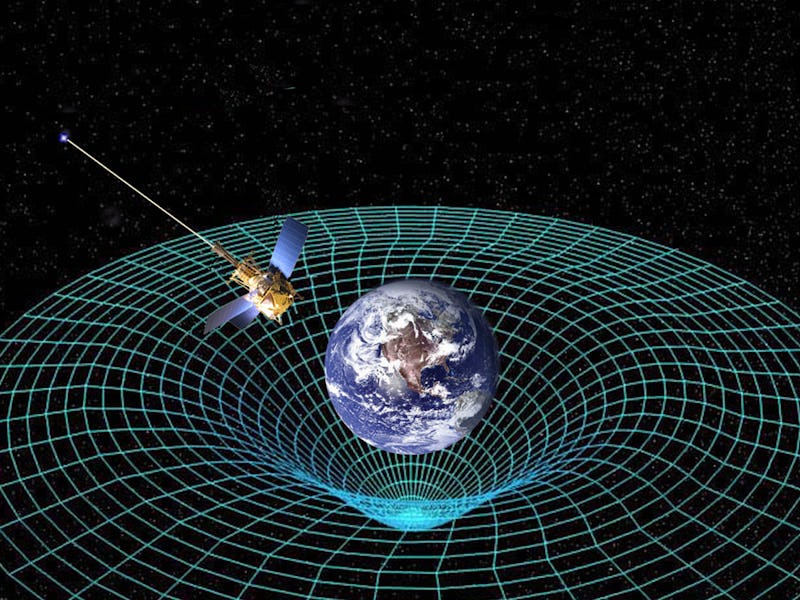A New Gravity Theory Might Finally Explain Dark Matter
The universe is a weird, wild place.

The theory of gravity gets a little weird in a few spots in our universe. One of those spots is the outer edges of galaxies. Stars in the outer regions of a galaxy rotate around the galaxy’s center faster than we would expect. This extra speed seems to come from some sort of extra gravitational force, and since we haven’t seen the matter responsible, we’ve basically just stuck dark matter into the theory of gravity to explain the speedy rotation.
But we might not actually need dark matter to explain the extra speed. In a paper released this week on arXiv (pronounced “archive”), physicist Erik Verlinde at the University of Amsterdam argues his emergent theory of gravity accounts for the extra speed without dark matter.
“Cracks are showing in the dominant explanation for dark matter. Is there anything more plausible to replace it?” he recently wondered aloud on Twitter.
Verlinde first proposed the emergent theory of gravity back in 2010, and, ever since, it’s been controversial in the physics community. Verlinde’s theory casts gravity as an emergent property of the universe and an effect of entropy, rather than a fundamental force. Other physicists disagree, citing experimental results involving quantum particles.
Challenging Newton’s and Einstein’s theories is pretty ballsy. But viewing gravity from Verlinde’s perspective could not only help physicists better understand how stars move in the outer reaches of galaxies, but also how matter behaves around black holes and other situations traditional gravity has been unable to describe correctly.